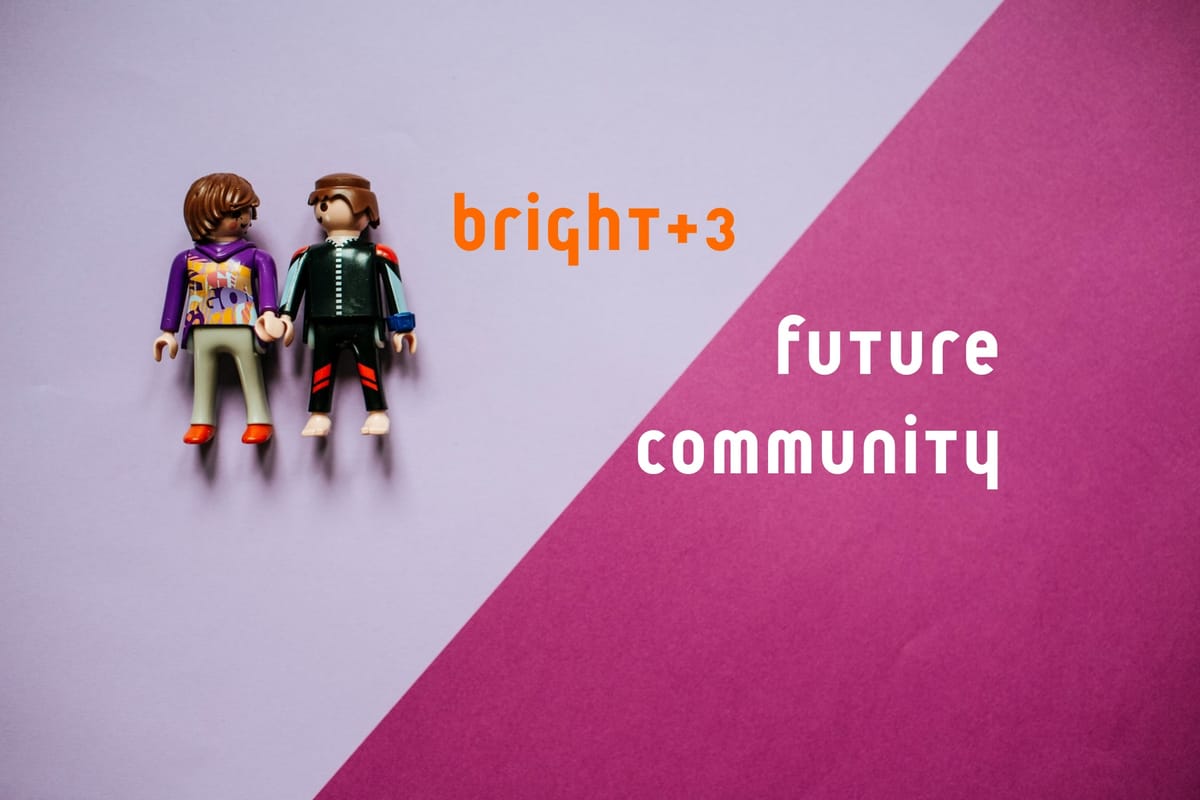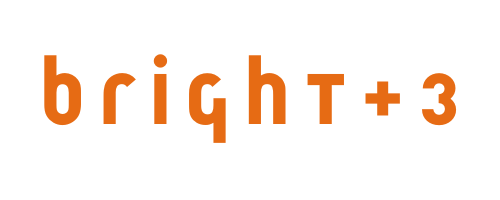Activity anchoring
And why list building without a clear intentional content strategy kinda like setting your money on fire.

👋 Welcome Jeff, Kristin, Colleen, Tiffany, Victoria, Nancy, Keri, H, and Karen. Please reply or reach out with any questions, story ideas, or if you want to do some work. Would love to hear what you're up to!
Two sessions at next year's Nonprofit Technology Conference
Do me a favor and check out two sessions I proposed for next year's NTC (Nonprofit Technology Conference) in Detroit. Give them a thumbs up if you like. Thanks!
- The Politics of AI would be a space to directly discuss the politics of AI, its advocates and critics, and how its use, particularly by nonprofits, influences the politics that influence nonprofit missions and impact. If we're going to have 317 sessions on AI at a nonprofit conference it seems sensible to have one that gets into the tech's underlying messy political theory.
- Newsletters (under the hood) is a quick tour of around 10 well known (or at least well done!) newsletters, mostly from outside the nonprofit space. We'll cover a range of the what, how, and why of winning newsletters so you can bring some of that to your email and newsletter work.
A general theory of Activity Anchoring
I made up a term called activity anchoring to help describe what happens when we do list building and recruitment. It's inspired, no surprise, by the idea of price anchoring.
The other day, Suchit Patel had a piece for the Audiencers that describes the relationship between price anchoring and the discounting of news subscriptions. We've all seen this with magazines and news subscriptions, right? Half off for the first year or even $1 a month for six months.
Price high and you might get fewer customers. Price low and you get more customers but you might just break even or lose money. But you can get market share. But you set a price expectation that can be hard to shake. People don't see the real value (or want to pay the true price) when it's time to buy again or renew a subscription.
We're doing something similar in nonprofit list building.
List building and recruitment is often centered around what's essentially a low-value / low-return ask. We put up a "take action" petition or message to Congress. Or we use an ad or newsletter referral to entice someone in a similar audience.
We're using actions and engagement. But engagement is free. And pretty easy to secure from people. That ease is an anchor. It sets the value of your organization, and participation in it, in the mind of the new subscriber.
We tap into an emotion, make it easy to join, and then pray we can persuade folks to open another email or, who knows, make a donation someday.
It's a digital direct mail. We accept the cost and know that 90% or more of these folks will never give a donation.
But we really really want (and need!) to bring in people who will pay off. Not to be crass about it but it's a complete waste if someone subscribes to an email list and never gives money, takes an action, or even opens and clicks an email.
So why are we anchoring our activities at such a low "cost" to the subscriber? Why? Why?!
Maybe because we've always done it this way. And we can always write off the cost to awareness building and unmeasurable hopes that someone will someday do something.
Here's a good thing: We talk a lot about welcome messages and good onboarding. That matters. You should have clear goals and intentions for your welcomes and onboarding. You should create events, spaces, messages that create room for people to get involved. You should practically harass people into becoming habituated to paying attention to you.
But welcoming and onboarding are part of a bigger action and content ecosystem.
What if you produced content - writing, audio, video, in person events - that corner the market on your topic?
What if you had a newsletter (or multiple newsletters) that were relied upon by your target audience as a key source of insights and actionable information? What if that newsletter content was produced in chunks and formats that could be distributed into social media videos, Slack or WhatsApp groups, Reddit threads? What if your website, newsletter(s), and other emails complemented each other such that someone reading an email could always go to your site and easily see that, yes, you are working on that issue and know what you're doing.
An email subscription is just a wee tiny piece of a content strategy. And small part of one's possible full experience with you and your work.
If we're anchoring our target audience's activity on a single recruitment action like signing a petition we're going to bring in people with a low expectations and, most likely a low lifetime value.
Bright Ideas
A few smart reads...
- A helpful "AI put to good use" story: How the Minnesota Star Tribune used AI to bolster its shoe-leather reporting to background a mass shooter from Tom Scheck at Poynter.
- Emphasizing privacy supports list growth via CivicShout. A clearer way to say this is treat people with respect and deliver value.
- Ahem [clears throat], some of you are going to need this: Crisis Comms Tools for White House Attacks on Nonprofits from Lighthouse Collaborative. ht Deborah Zuniga Goldberg.
- 21st century journalism must befriend journalism to survive by Luba Kassova helps you understand why "good" news is important, especially in chaotic times. Thanks to Khalil Cassimally for the good summary on LinkedIn. Emotion – not just fear but also hope and humor – is such an important but undervalued part of nonprofit content strategy.
- Truth: Organizing in red districts via my friends at Percolator.
- For Expertise to Matter, Nonpartisan Institutions Need New Communications Strategies by Renée DiResta and Rachel Kleinfeld. This is a bit of a long read but I know you can handle it. Two things:
- Think about co-creation and values, not just fact delivery.
- Information thrives across systems. Joe Rogan has an audience, but what he says (or amplifies) only has value when spread by hundreds (thousands) of other voices, news outlets, creators, and organizations.
Future Community Jobs
These are the latest links. Check out the full job list here. Want to post a job? Send an email. Want to get a featured job out into this amazing community? Learn more here.
🗞️ Audience, content, journalism and news roles
- Senior Writer, Today Explained Newsletter : Vox Media [Remote in the US]
- Journalism Director : Microsoft [Redmond, WA / Washington, DC / New York City]
- Higher Education Reporter, National : ProPublica [Remote in the US]
- Senior Director, Membership : OPB (Oregon Public Broadcasting) [Portland]
- Membership Coordinator : Texas Tribune [Austin]
- Audience Engagement Strategist : Vital City [New York City]
🗣️ Communications
Mostly at nonprofits/NGOs
- Digital Communications Pod Director : DigiDems [Remote in the US]
- Communications Coordinator : American Humanist Association [Remote / Washington, DC]
- Director of Strategic Communications : Code for America [Remote in the US]
- Executive Vice President, Communications and Strategy : Center for American Progress [Washington, DC]
- Director, Executive Communications : Human Rights Campaign [Washington, DC]
- Director of Communications : Citizen University [Remote]
- Social Media and Digital Content Creator : Climate Central [Remote in the US]
⚡ Nonprofit organizations
- Associate Director : Project Evident [Boston]
- Research Associate : Center for News, Technology & Innovation [Remote in the US / New York City or Washington, DC preferred]
- Digital Volunteer Engagement Manager : Movement Labs [Remote in the US]
- Director of Finance and Controller : Climate Power [Remote in the US]
- Research Fellow, AI & The Future of Social Conversation : New_ Public [Remote in the US or Canada]
- Operations Director : Leaders We Deserve [Washington, DC]
- Director of Organizing Leadership : League of Conservation Voters [Remote in the US] October 6 Deadline
- Associate Director of Digital Advocacy : Conservation Lands Foundation [Remote in Arizona, Colorado, Idaho, New Mexico, Nevada, Oregon, or Utah]
- Program Director, A Constitution for 2076 : Democracy 2076 [Remote]
- Senior Director, Programs : Build it Green [Oakland]
- Data Operations and Business Analyst : National Wildlife Federation [Reston, VA]
- Senior Business Support Manager and Senior Impact Investment Manager : Black Farmer Fund [Remote in the Northeast US]
- State Senior Strategist : Sunrise Project [Remote in the US]
- Director of Member Engagement : Advanced Energy United [Remote in the US]
- Community Engagement Director : Bike East Bay [Oakland]
- Regional Campaigns Director : Planned Parenthood [Remote in the US]
- Coordinator, Integrated Marketing : Feeding America [Chicago]
- Social Media Fellow (part-time) : New_ Public [Remote in the US or Canada]
Over 1,000 amazing people read Future Community. I know a lot of them personally.
Some are hiring.
Many are looking for a role.
Reach out if you want help finding or filling a role.
I have some ideas for you.
💰 Fundraising and Development
- Director of Development : Analyst Institute [Remote]
- Director of Development - Democracy Leagues : Unify America [Ohio]
- Director of Major Gifts : Chicago Abortion Fund [Chicago]
- Managing Director, Institutional, Global, and Corporate Philanthropy : Natural Resources Defense Fund [New York City / San Francisco / Santa Monica / Washington, D.C. ]
- Director of Digital Fundraising and Engagement : USA for UNFPA [New York City / Washington, DC]
- Director of Development : One Hope United [Chicago]
- Senior Manager, Advancement Digital Engagement and Personalization : National Geographic [Washington, DC]
💸 Foundations and Philanthropy
FYI...no new roles to share. Here are a few highlighted last week:
- Program Director : Hive Fund [Remote / Southeastern US preferred]
- Director of Philanthropy Partnerships : Climate Breakthrough [San Francisco preferred / Remote]
- Regional Director, Africa : Thousand Currents [Remote in Africa]
- Associate, Equality Fund : The Boston Foundation [Boston]
💻 Agencies, politics, products, projects & more
- Senior Design Strategist : Smart Design Worldwide [Brooklyn]
- Chief Operating Officer : Watering Hole Media [Remote]
- Content Marketing Manager : Engaging Networks [Remote in the US or Canada]
- Founding Backend Engineer : Chorus AI [Toronto]
- Associate Director, Digital Product Design : Planned Parenthood [New York City / Washington, DC]
Future Community is a product of Ted Fickes and Bright+3. Reply or visit Bright+3 to get in touch and learn more about our work.

